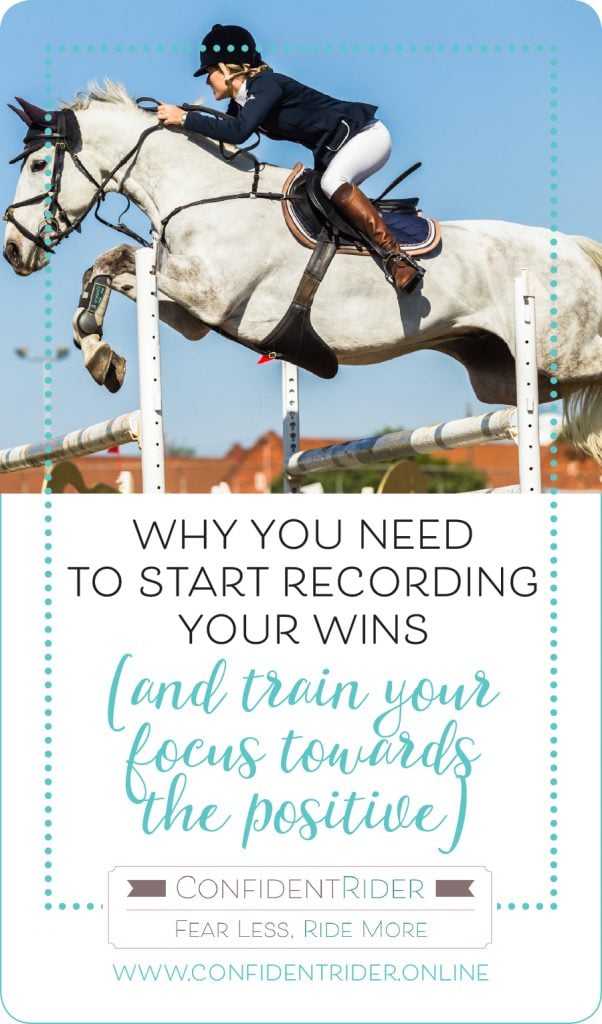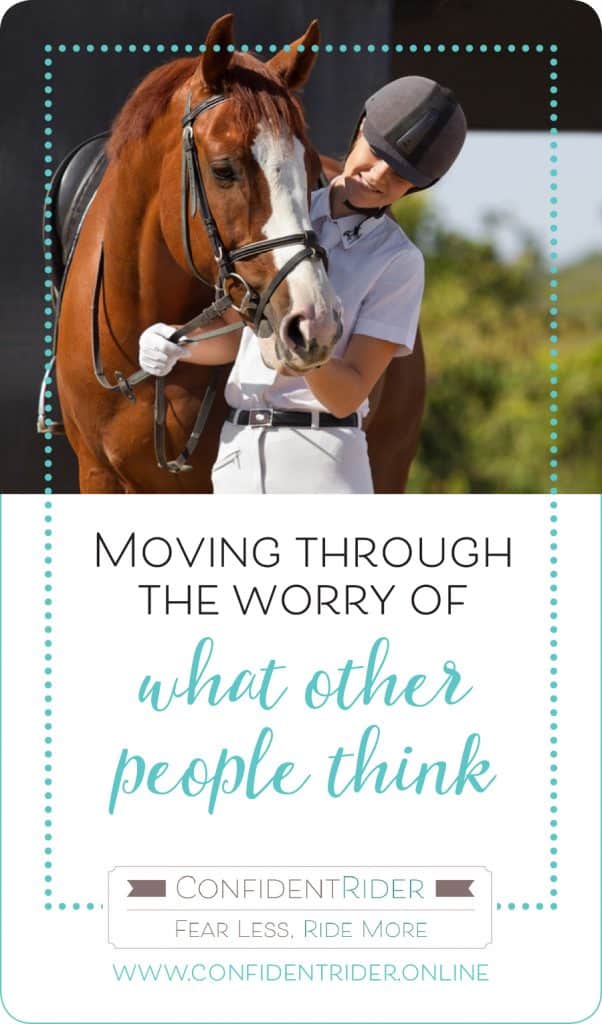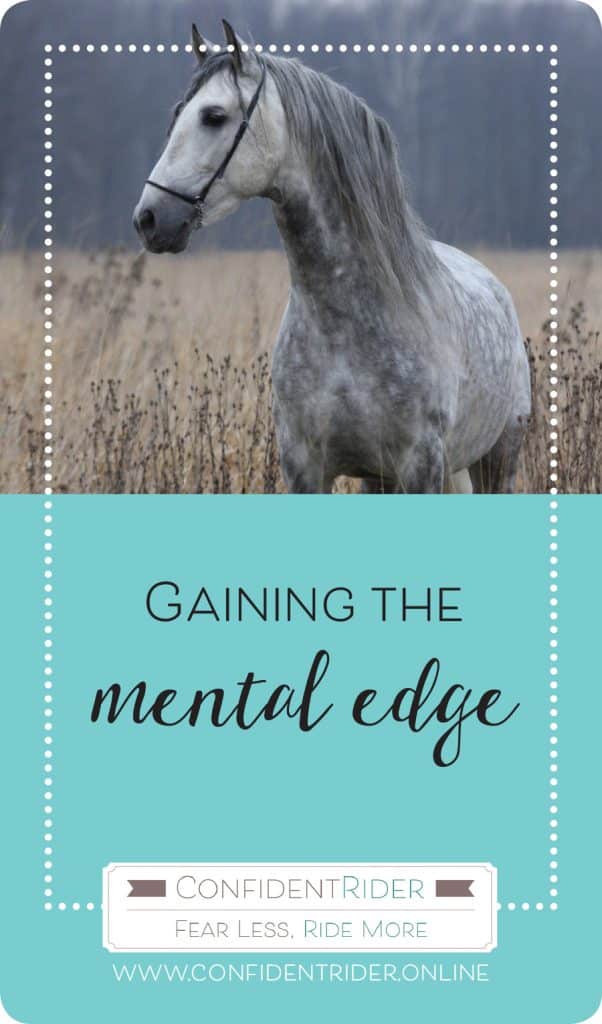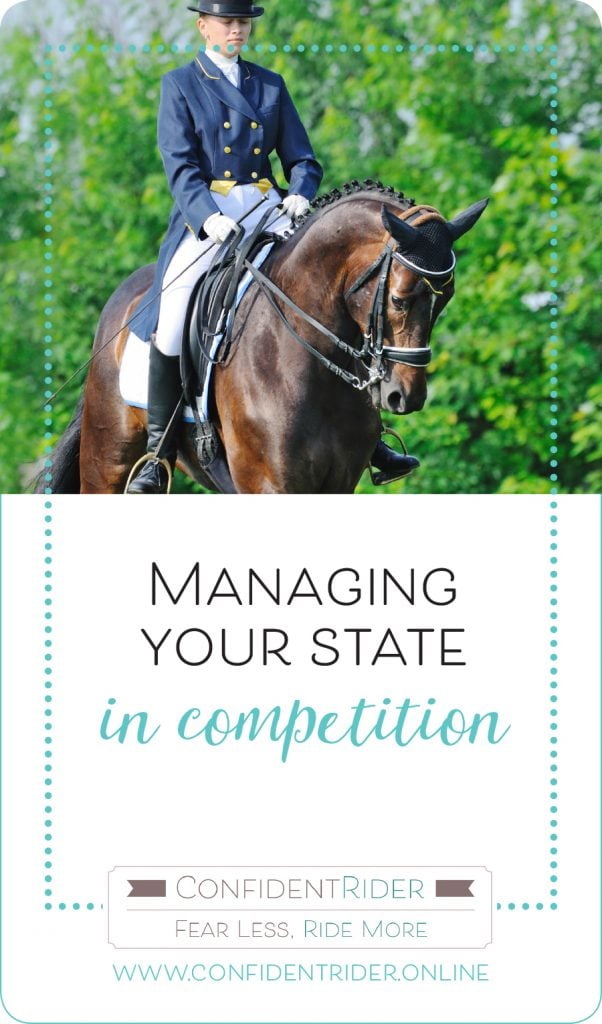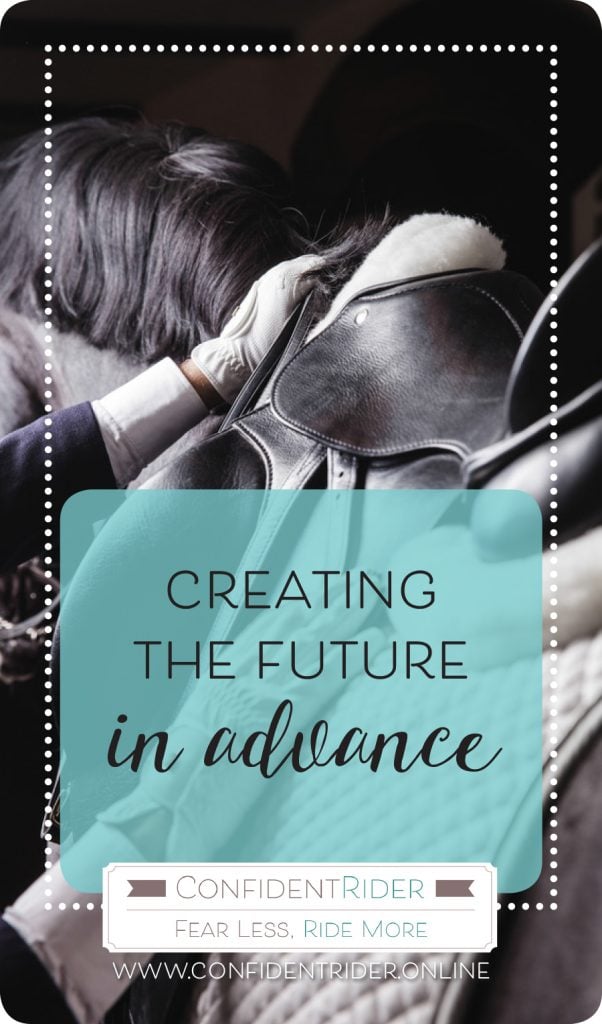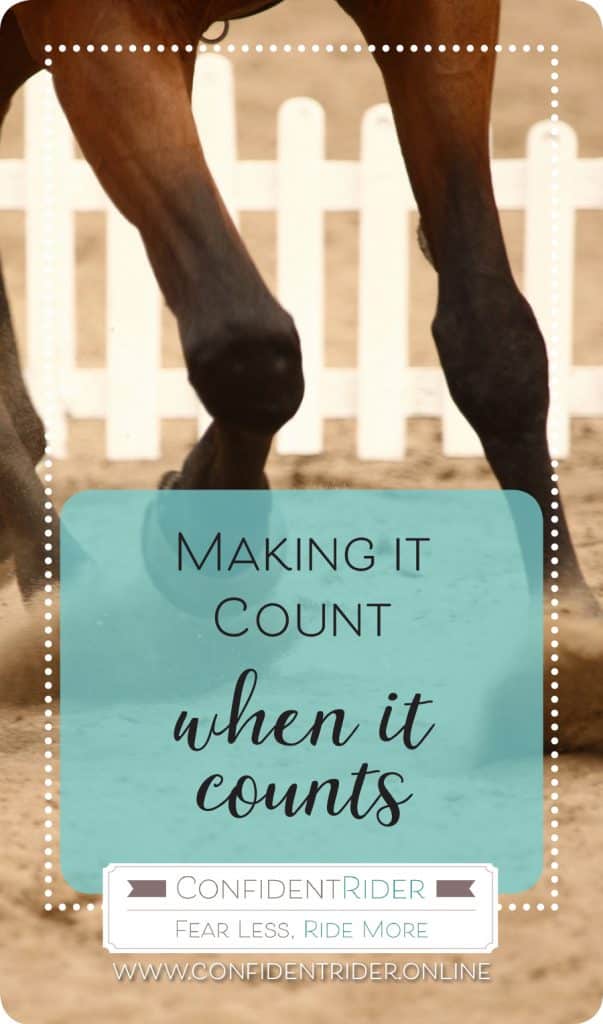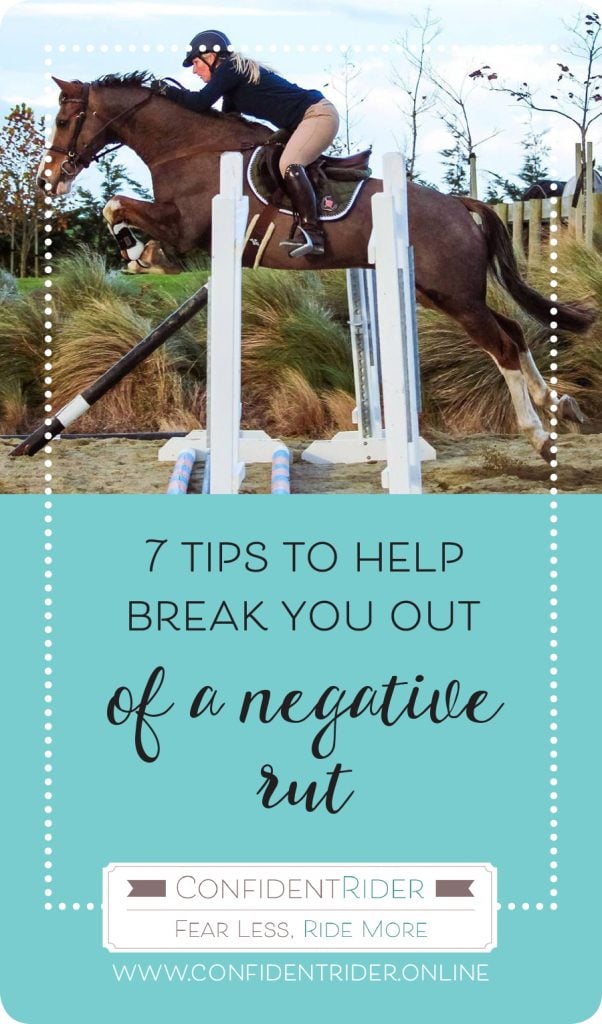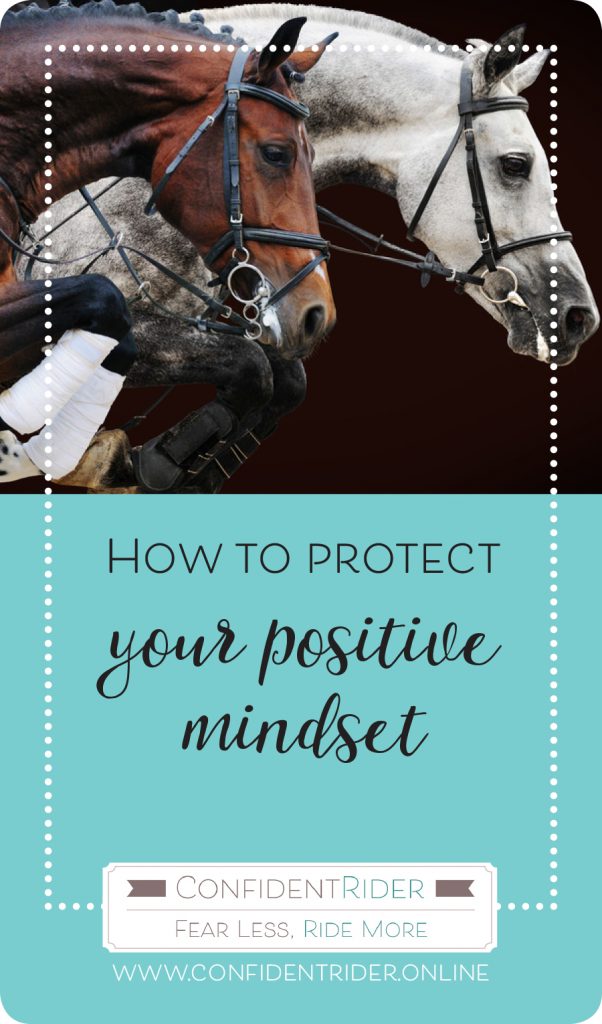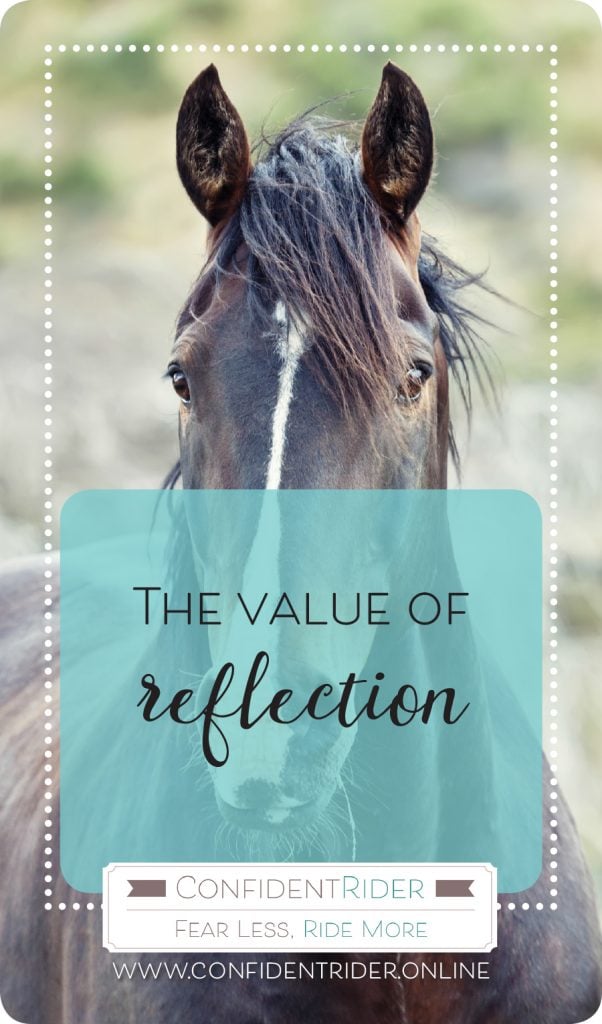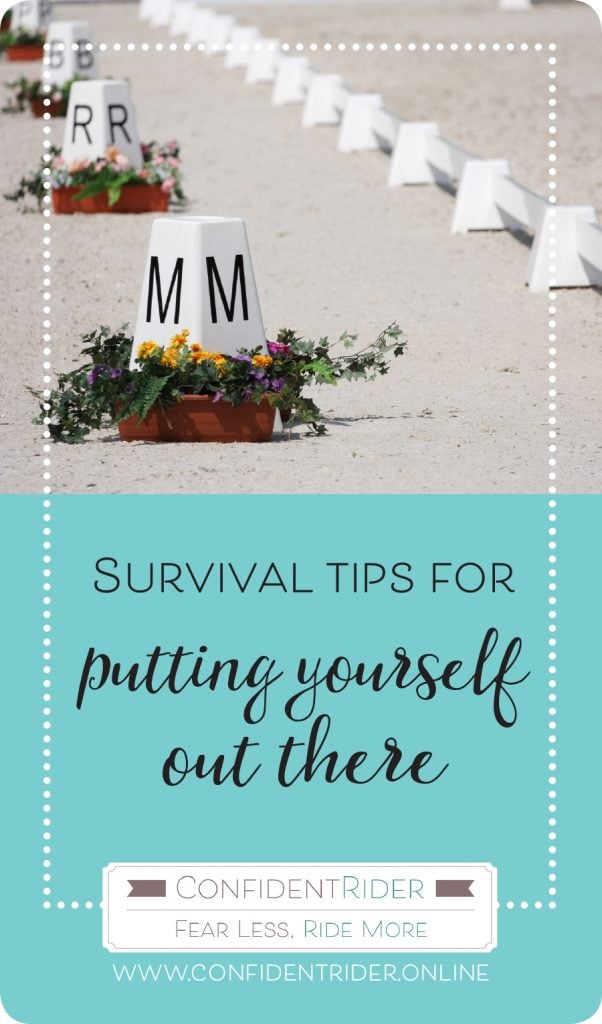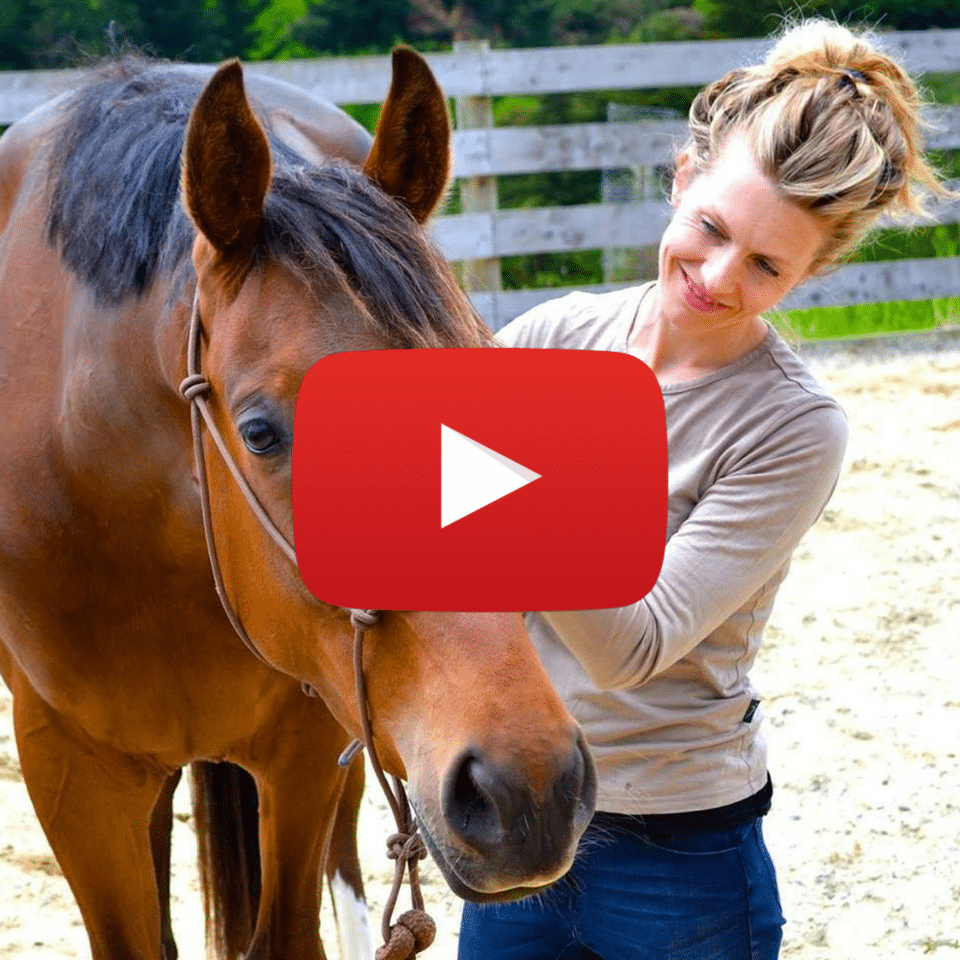How DO you pluck yourself out of the arms of the god of crappy thoughts, and dive back into the soothing waters of awesome-ness?
1. Re-establish what it is that you want
Redirect your focus away from what it is that you don’t want and towards the things that you DO want. Remember, what we focus on, we gravitate towards, so take some time out to revisit how you want to be on every level. The way that our minds are hard wired mean that we can only move towards something, not away from something.
If you are focusing on what’s wrong, then you are doing so at the expense of what’s right. If you are focusing on what you don’t want, you are favouring that over what you do want, and as a result, you highlight it in your mind as a object to move towards.
It’s a choice. If you are here, you can’t be there.
2. Be flexible
Things happen, you know? Plans change, horse’s get lame, there are changes at work, the kids get sick. You have to include flexibility as part of your plan and acknowledge that setbacks are inevitable. Learn to adapt to a new reality.
As Zig Ziglar says, when obstacles arise, you change your direction to reach your goal, not your decision to get there.
3. Give yourself a break
Sometimes, the best thing to do is give yourself a few moments to come up for air. Giving yourself a break allows you to regroup, refresh, and recharge your emotional batteries! It’s also a good opportunity to redesign your direction, reflect on what hasn’t been working and think strategically on what needs to be don’t to bridge the space in between.
Taking some time out also gives you pause for recognition of the big picture. What you are riding at the moment is one wave of many, so remind yourself that you are made of the good stuff, and ride this one through to the shore!
4. Surround yourself with the good stuff
Make a list of things to pull out when the suckies strike, your feel-good, go to list! Put on some great tunes and rock it out, have a shower, book a massage, take yourself out for a coffee, listen to inspiring podcasts, watch some uplifting YouTube clips! Put yourself on a mental diet and feed your mind with only the good stuff. Nourish your brain cells with things that uplift, inspire and support you.
5. Break the pattern
All behavior follows a pattern. If you are noticing that you are in the routine of feeling blue, analyse what you are doing with your days and how you are spending your time. Is there something that you could do differently to break the cycle?
Could you get up 30 minutes earlier and go for a brisk walk, or have half an hour more horse time?
Could you book a lesson to get yourself out of your funk?
Could you be eating better, doing more exercise?
Could you read something uplifting instead of watching something mindless on TV?
What could you do to inject some lovin’ into your day and project yourself onto a new course?
6. Don’t be an Island!
Rally forth strength and support from others. When we are feeling crappola, it’s really easy to maroon yourself on Camp Crap and cut yourself off from the outside world. Don’t do this!! Lean on your friends, your family, the people who care and support you. And if you feel like this doesn’t exist for you at the moment, look for ways to find that for yourself. Get creative. Get active. But most importantly, get out there!
Find someone with the expertise that you need, someone who can listen to you, or someone who can distract you from your woes and give you and alternative to the reality that you feel inside you head.
Commit yourself to getting your mojo back at any cost. Make it your number one priority.
7. Give yourself time for the good stuff to kick in
Don’t be disheartened if you are putting all this effort in and not seeing instant results.Understand that momentum takes time to build and it starts with really small and achievable steps. Think of yourself running a marathon a few kilometres at a time. You want to break it down into bite sized pieces so that you can essentially do something every day and establish that ongoing fluidity of action that will see you moving forward.
xx Jane
